On the field side, January 2025
7 January 2025
Harvesting vegetables and fruits: discover all the information for the month of January.
Northern vegetables
Brussels Sprouts
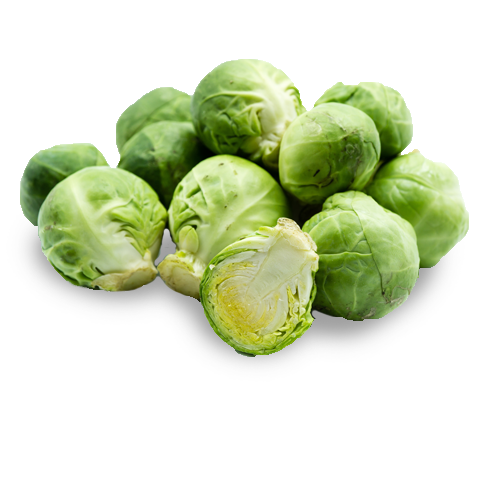
Production is expected to conclude by the end of January. The harvest appears less fruitful than anticipated, yielding approximately 80% of the expected volume based on the cultivated plots. The sprouts were planted later than usual, and the observed vegetative delay in the plants could not be overcome. As a result, the sprouts are generally smaller and less abundant on the stems.
Leeks
The campaign remains challenging for this vegetable. Agriculturally, leeks require more manual handling during transplanting, peeling, and harvesting. Consequently, there was already a shortfall in the initially contracted acreage compared to the desired volumes. Additionally, the field campaign is expected to be subpar, with approximately 15% of the anticipated volumes missing.
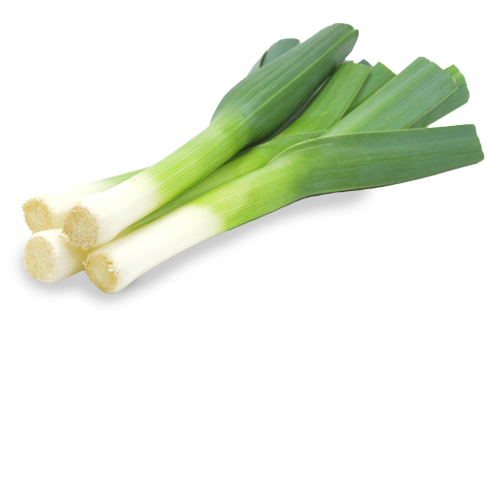
Carrots
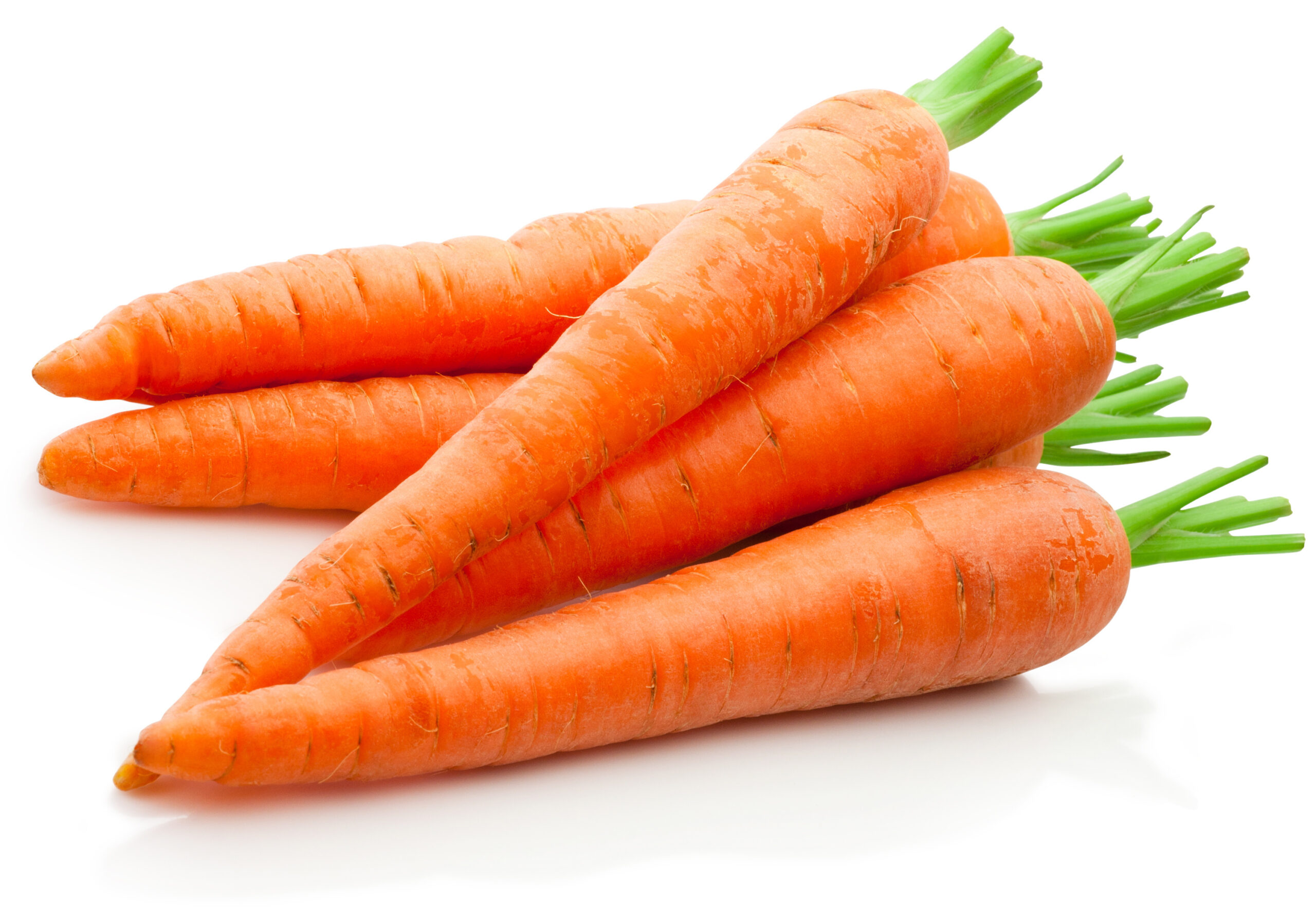
The campaign for carrots intended for sliced production is nearly complete and has been successful in terms of both quality and quantity, despite the later sowing last spring.
As for diced carrot production, about 30% of the remaining plots are yet to be harvested, but the outlook is also positive. Harvesting is expected to conclude by the end of January.
The quality of this year’s harvest will facilitate a smoother campaign transition in autumn 2025 compared to this year.
Other Root Vegetables
Regarding other root vegetables: the celeriac campaign is expected to conclude by the end of January and shows promising results. Parsnip harvesting will follow, as this hardier vegetable, particularly resistant to frost, will be harvested from late January through February. As for turnips, the campaign was satisfactory and is now complete.
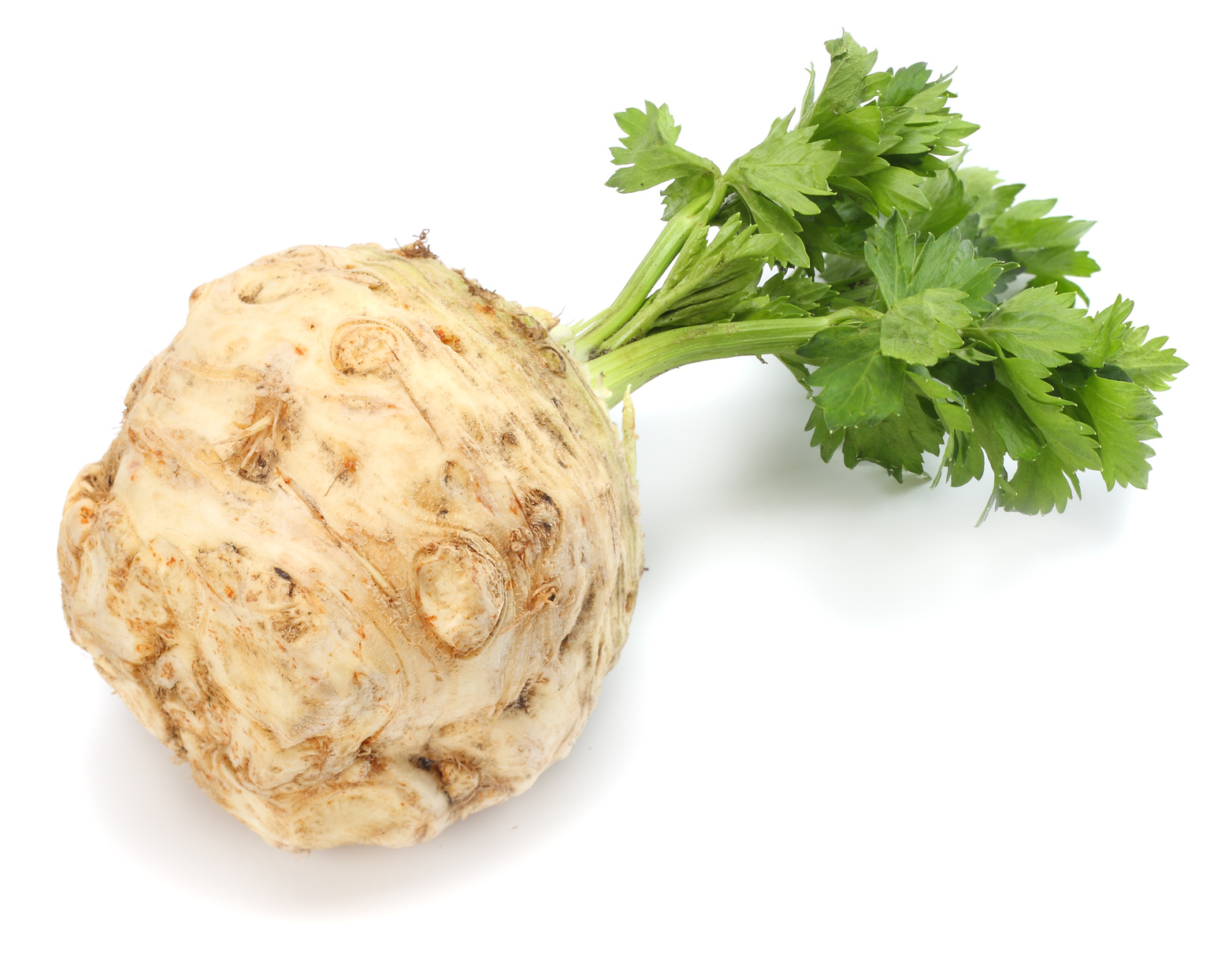
Peas
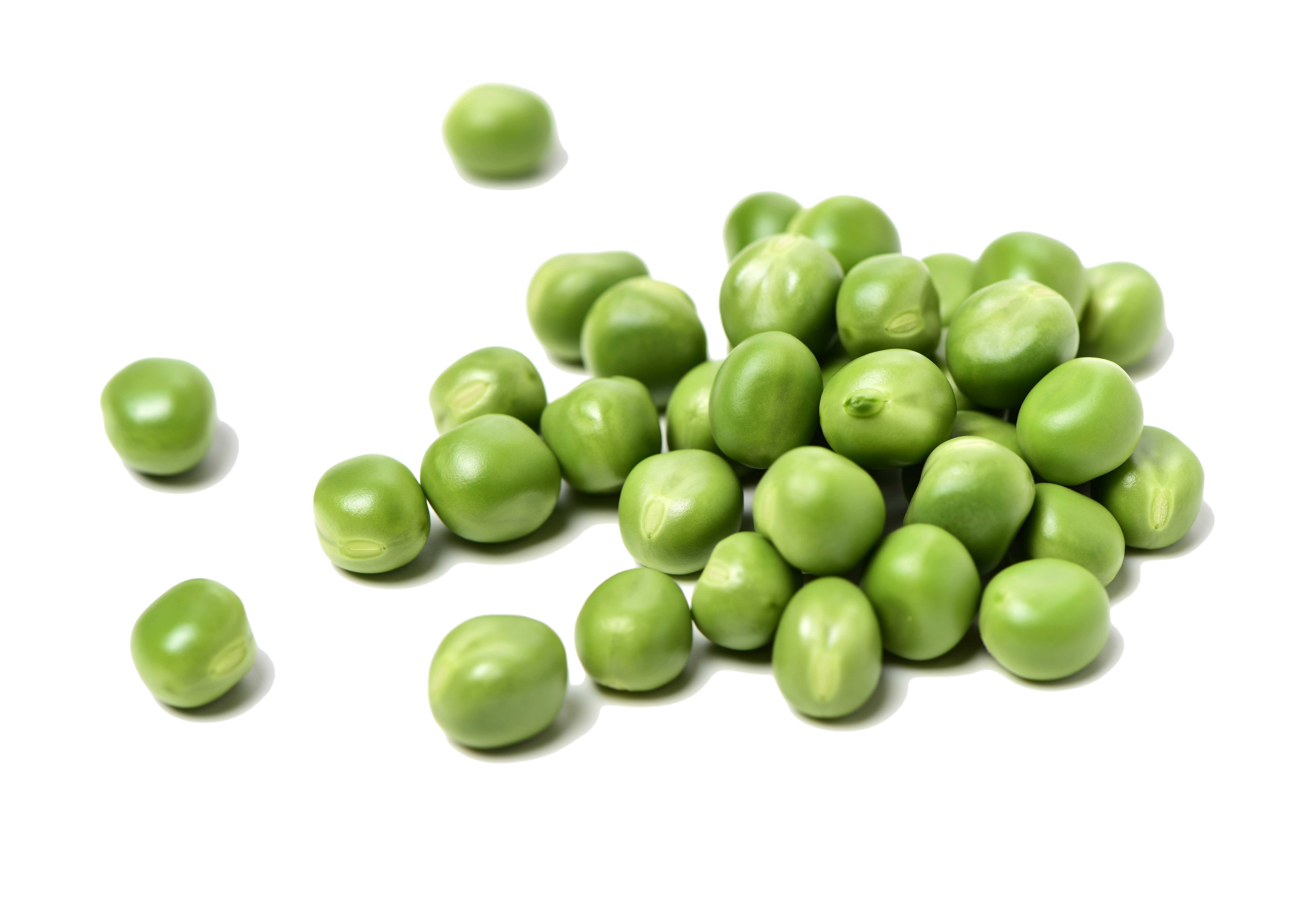
Finally, negotiations with upstream agricultural stakeholders for the establishment of 2025 crops are taking place later than usual. They are just beginning for peas.
Northern vegetables
Apples
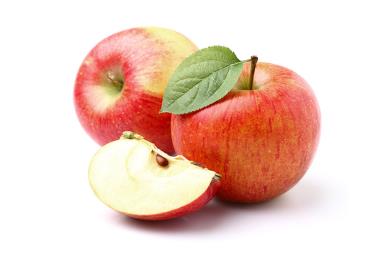
The 2024 apple harvest is experiencing a significant decline. The combination of climatic conditions, reduced cultivated areas, and fewer orchard maintenance resources has had a major impact on production. With an 11.3% decrease compared to 2023, this European harvest is expected to be the second-lowest in the last ten years. However, there are still stocks remaining from the previous campaign.
Lemons
The price of conventional lemons is currently decreasing. However, demand for organic lemons has surged, largely due to a trend in South Korea attributing “immortal” properties to this fruit. South Korean orders have increased from 500 tons in 2024 to a forecasted 5,000 tons for 2025. This heightened demand is leading to a significant rise in prices for fresh organic lemons.
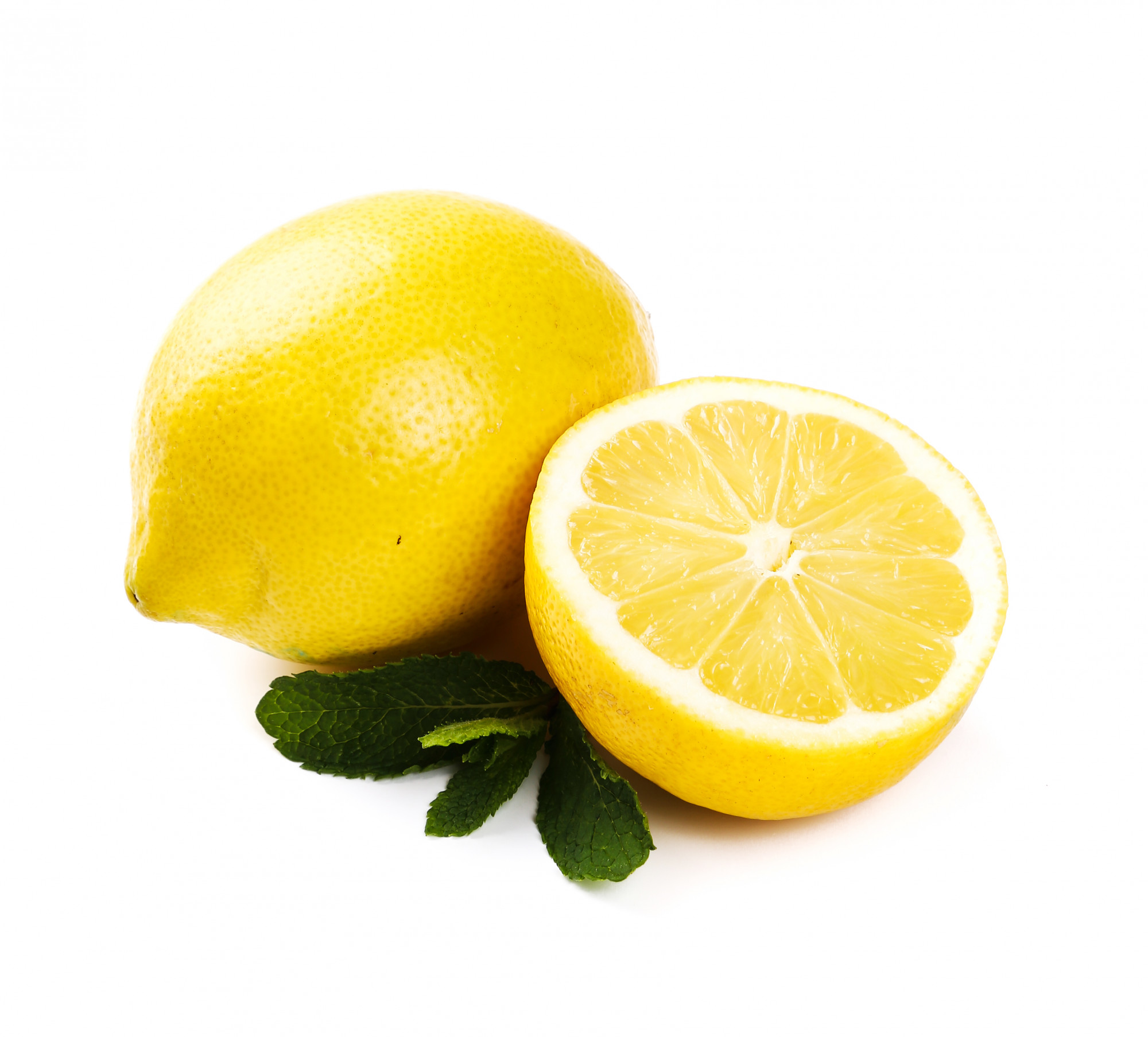
Oranges
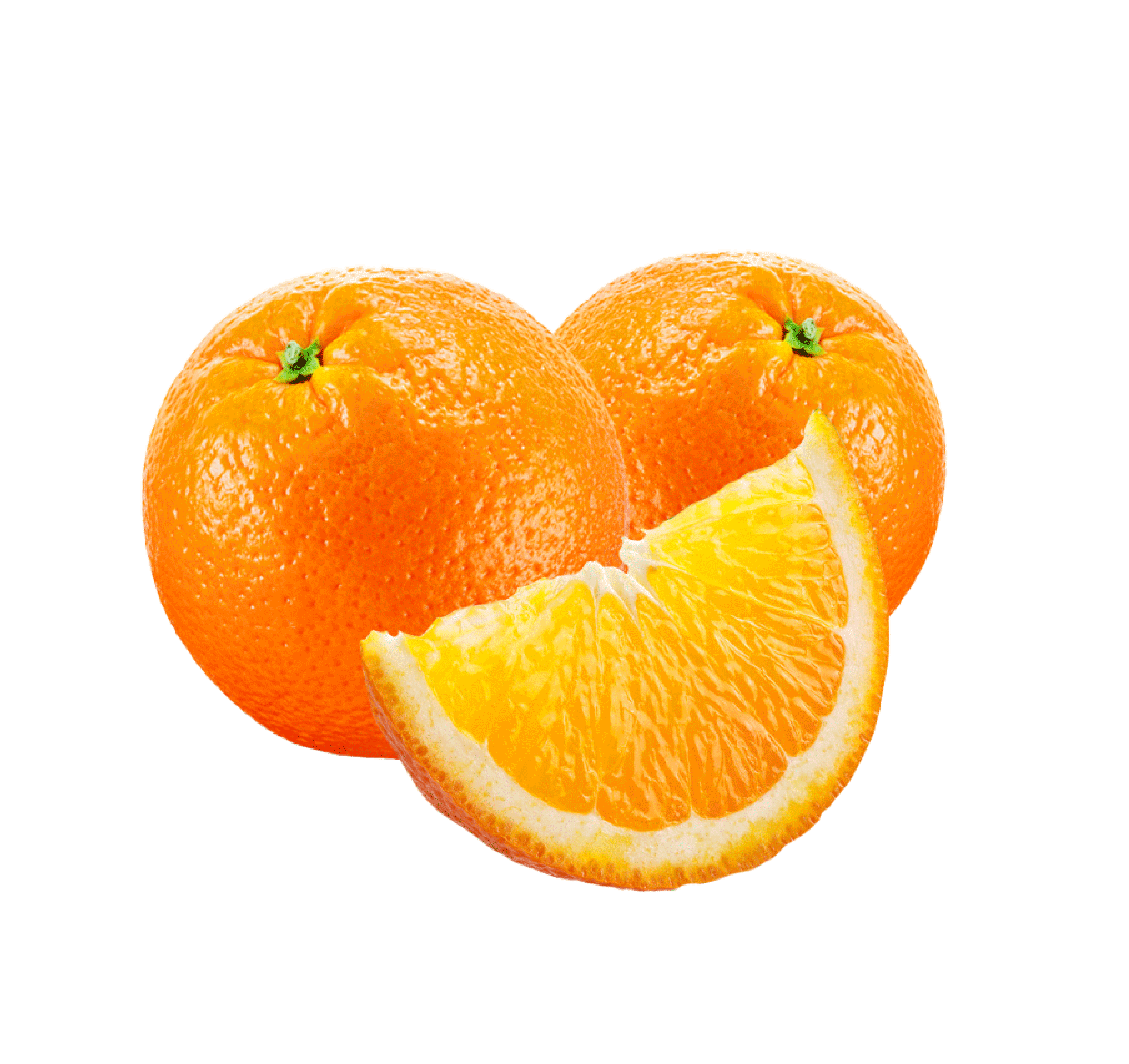
The outlook for oranges in 2025 is favorable, thanks to a large production in Egypt, which will help release volumes. Orange prices are expected to decrease in the coming weeks. As of mid-December, the harvest is primarily focused on the Salustiana variety.
Mushrooms
Morels
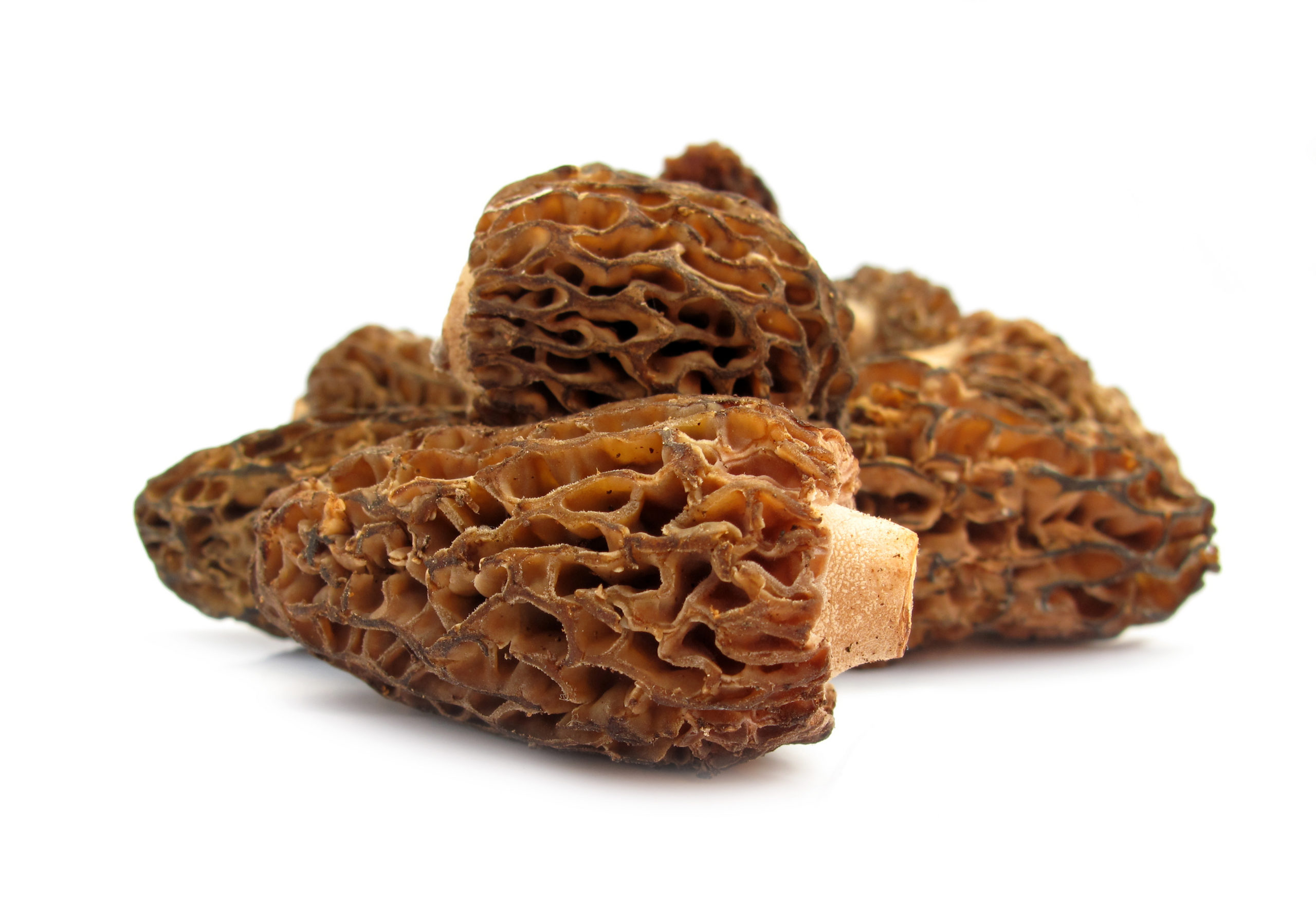
The market for wild morels remains unchanged compared to 2023, with both volumes and prices staying stable.
Porcini mushrooms
The European harvest of porcini mushrooms, on the other hand, was very limited. A large portion of the product was directed toward the fresh market, leaving little availability for processing (frozen, dried, or brined). In China, stocks remain generally low.
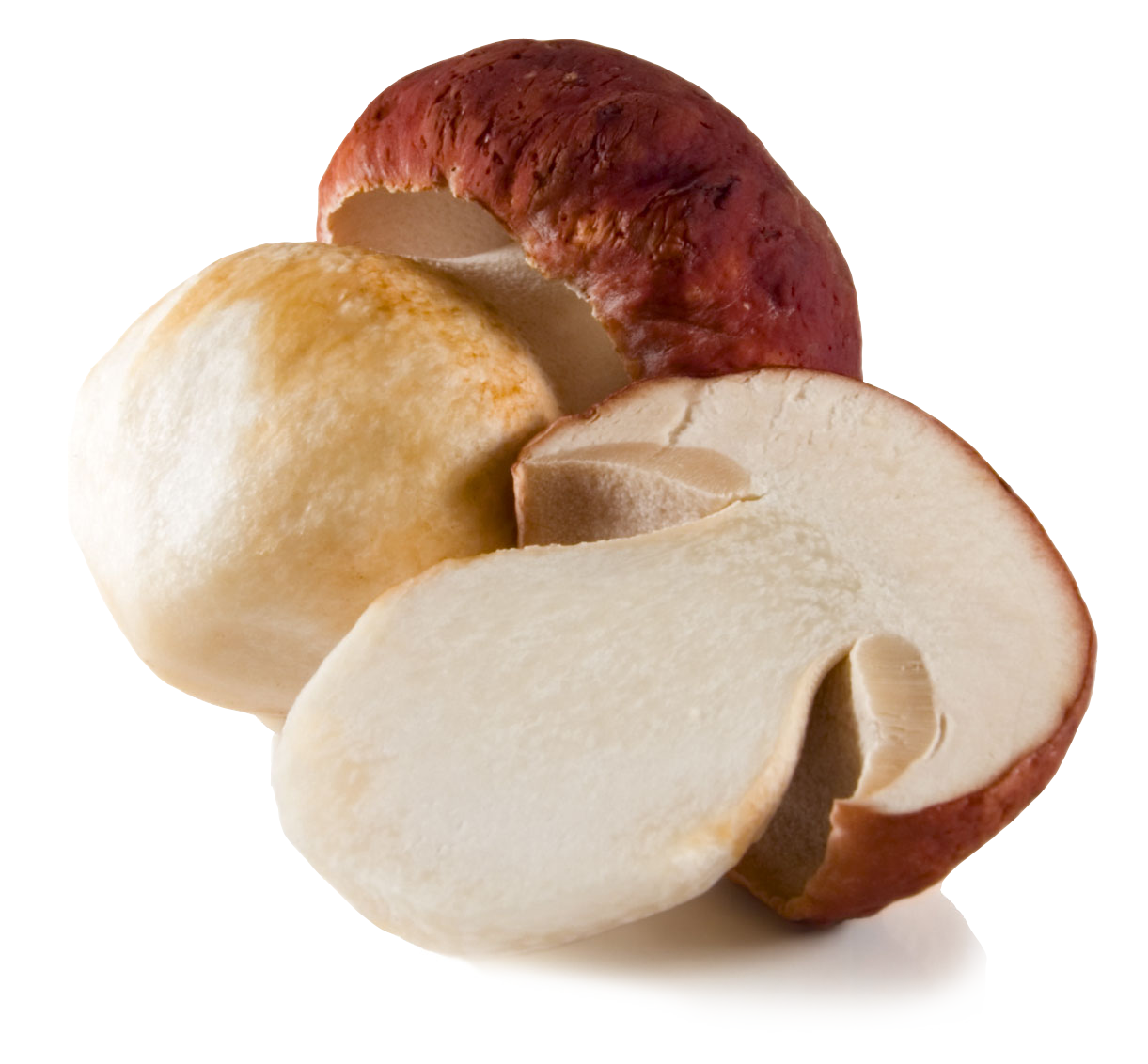
Chanterelles
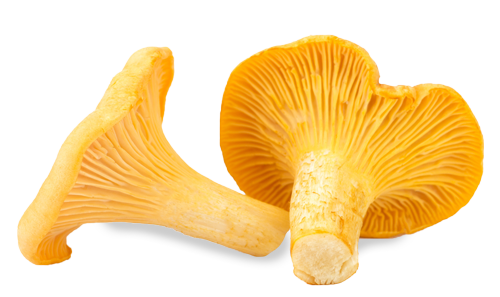
As for chanterelles, the drought has significantly impacted volumes, resulting in a harvest below average. Prices are expected to remain high, similar to 2023 levels.
Trumpet mushrooms
In comparison to the modest harvests of trumpet mushrooms in 2022 and 2023, which barely met demand, this year is also expected to be under strain. The market may remain under-supplied, with late harvests possibly arriving after peak demand periods.
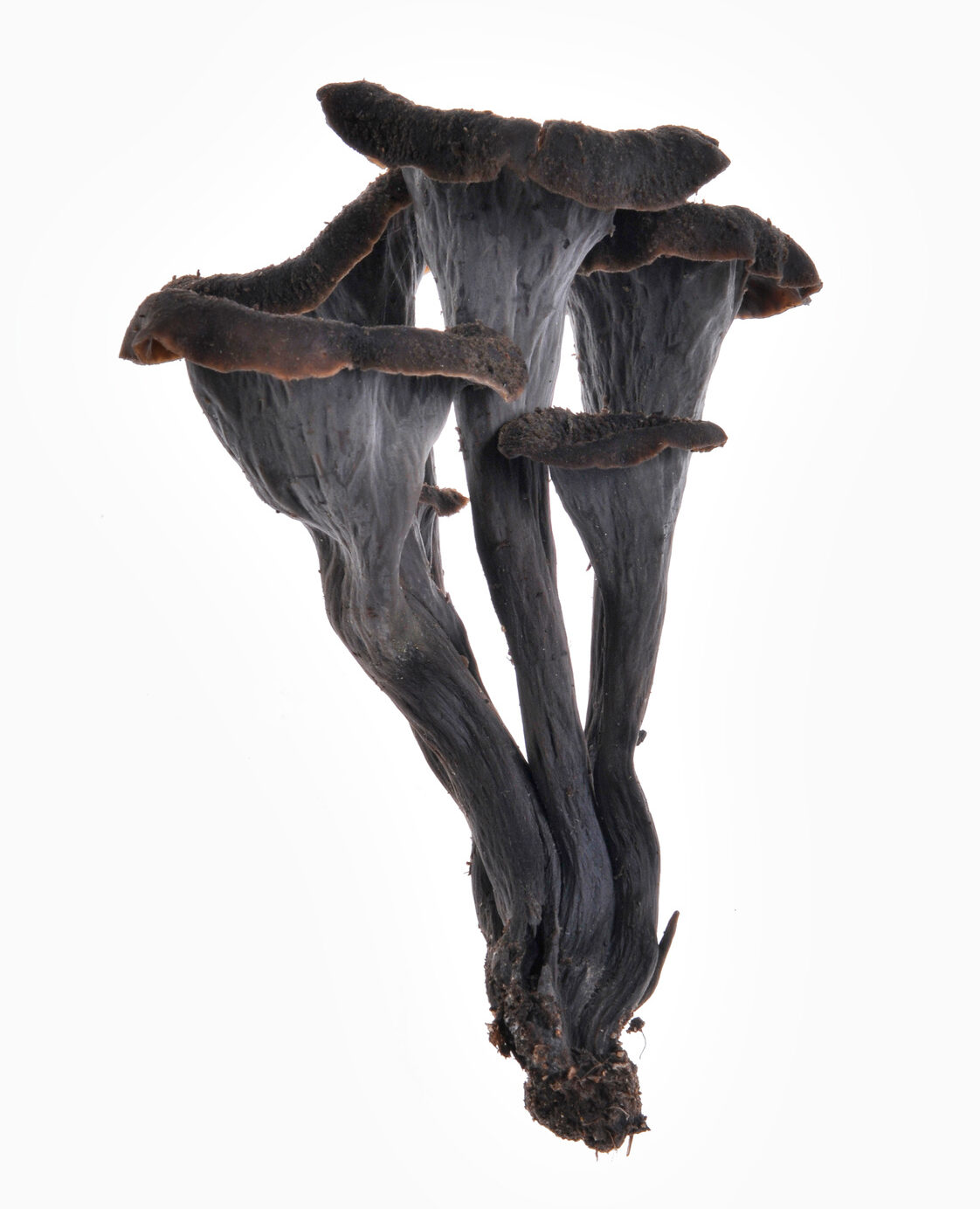
Other
Chestnuts
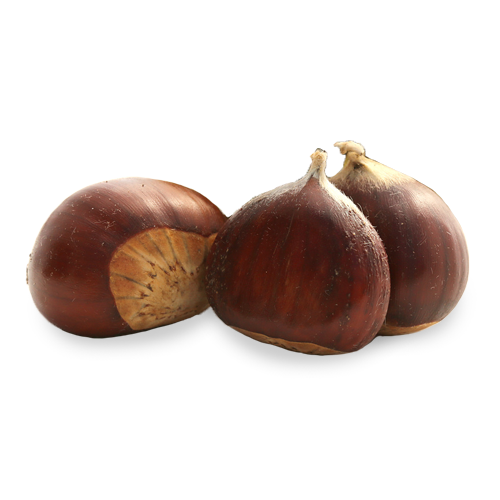
The volumes of chestnuts are below expectations from the flowering season, and this is due to several reasons. Unfavorable weather conditions have negatively impacted production, while the trees were also affected by a cynips infestation. Additionally, many burrs were found to be empty, and the harvested fruits are often smaller in size. As a result, it will not be possible to maintain the prices seen in the previous year.
